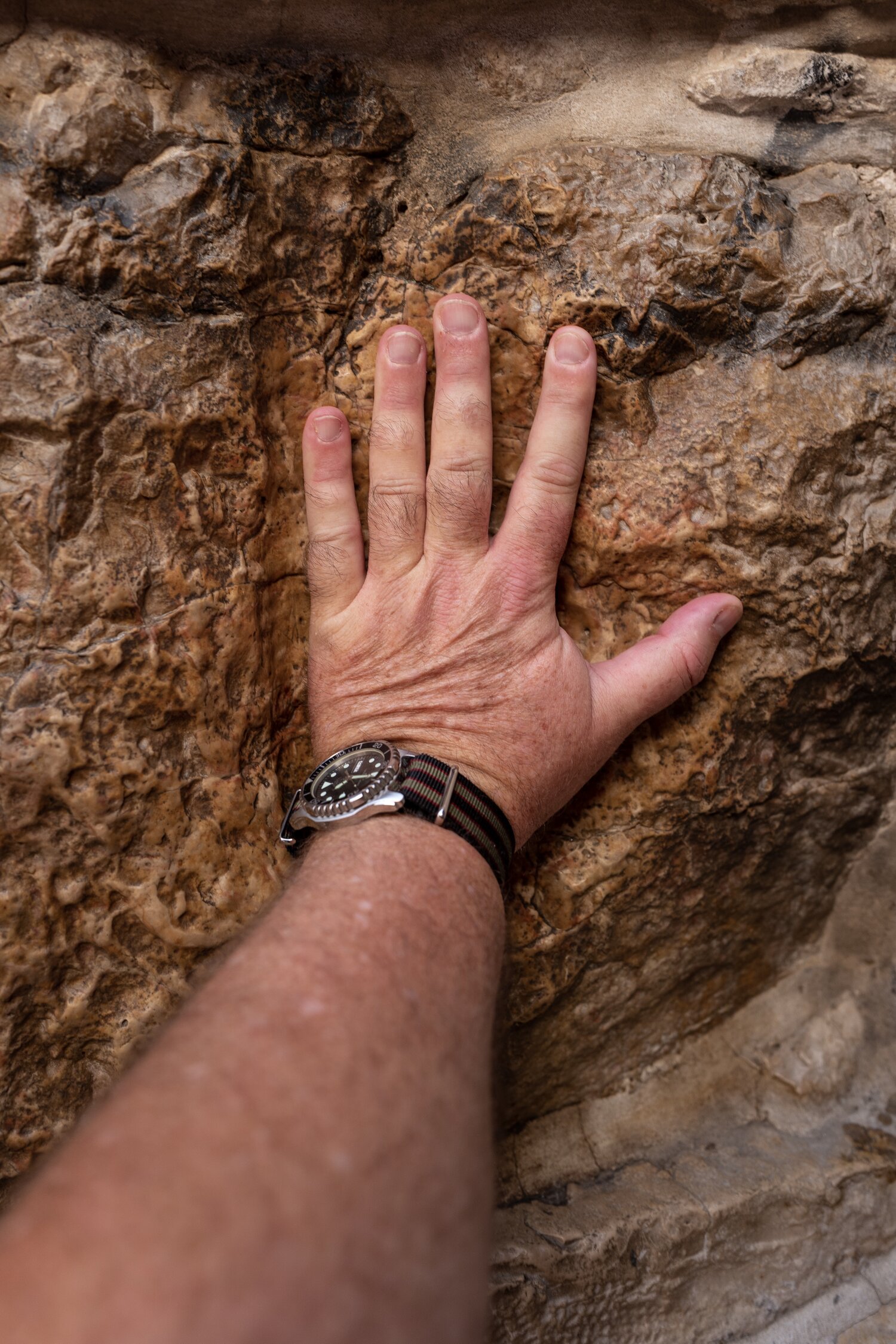A Journey into a Chilly Embrace.
In the Luberon, where I’m fortunate enough to live, there’s a temptation to believe you may have already seen the best of Provence. But every so often, the call of another village, just a bit further afield, lures you out of your comfort zone. Yesterday, in late November, that call was to Banon—a charming spot just 40 minutes away on a beautiful winding country road.
November is an odd time to plan visits to a Provençal village. The golden light that once warmed the cobblestones in summer now serves as a theatrical spotlight, illuminating the scenery but offering no warmth. The wind cuts through your coat with all the subtlety of a tax audit, and the temperatures are best described as *bracing*. Nonetheless, armed with cameras, gloves, and the faint hope that a glass of wine might save me from hypothermia, I set off.
Driving to Banon in late November is a study in contrasts. The landscape is bathed in golden hues, with the last leaves clinging stubbornly to their branches and vines, but the world feels quieter, as though the countryside has pulled on a woollen sweater and settled in for the season.
When I arrived, the sunshine was glorious—deceptively so. The wind, that infamous Provençal *mistral,* had other plans. It whipped around the town square like a mischievous child, forcing me to wrangle my gloves and cameras with all the grace of someone fighting off an invisible octopus. Yet, despite the chill, there was a welcoming bustle. Restaurants and bars had their doors open, their warmth spilling out onto the cobblestones like an unspoken invitation.
Spotting a cozy-looking restaurant near the square, I was drawn in by a chalkboard promising *aïoli*—that Provençal classic of garlic sauce, fish, and vegetables. In the south of France, Fridays and fish go together like wine and regret-free decisions, so I took a seat and prepared to defrost.
The *aïoli* arrived, a masterpiece of presentation: tender fish, perfectly boiled vegetables, and a dollop of garlicky magic that made me question why I don’t eat it every Friday. A basket of bread so crusty it could have been weaponized and a glass of crisp white wine completed the meal. Inside, the restaurant was warm and buzzing with quiet conversation. Locals spoke in lilting French, their words blending with the occasional clang of a glass or the scrape of a chair. For an hour, I sat there soaking in the atmosphere, my gloves temporarily forgotten as my fingers regained some semblance of circulation.
Lunch finished, I ventured into Banon’s winding streets, camera in hand and the cold still biting at my ears. Banon in November has a muted palette, its stone buildings and weathered shutters glowing softly under the autumn sun. The brightness of summer has faded, replaced by a subtler charm—an invitation to notice the details.
Each turn revealed something new: a doorway framed by ivy in its final blaze of red, a weathered fountain gurgling quietly, and shutters painted in shades of Provence’s pastels, their faded colors somehow perfect against the stone. Banon’s streets are narrow and winding, designed more for wandering than for purpose. I let the village guide me, following one alley to a tiny square, another to a courtyard where a cat eyed me suspiciously before slinking away.
The light in late November is a gift to photographers. Shadows are long, textures rich, and everything seems touched by a golden glow, even as the air remains icy. I took photo after photo, captivated by the interplay of light and stone.
No mention of Banon is complete without its claim to fame: cheese. The *fromage de Banon*, a delicate goat’s cheese wrapped in chestnut leaves, is a source of local pride. The shops selling it are hard to miss, their windows filled with wheels of creamy goodness that practically beg to be tasted. I made a mental note to return for some later—there’s no better accompaniment to a chilly November evening than Banon cheese and a glass of red wine by the fire.
One of the joys of exploring a village like Banon is how time seems to dissolve. With no particular agenda, I wandered for hours, each street offering something new to marvel at. Occasionally, the church bells would chime, a gentle reminder that the day was slipping by.
The wind never quite let up, its persistent tug on my coat a reminder that Provence in November is not to be underestimated. Yet the cold added to the experience, a bracing backdrop to the village’s quiet charm. As the afternoon wore on and the sun descended, the village took on a softer, more melancholy beauty. Shadows stretched long, and the streets grew quieter, as though Banon itself was winding down for the evening. I returned to the car, reluctant to leave but comforted by the thought of warming up at home.
The drive back was serene, the countryside bathed in the golden-pink hues of a Provençal sunset. With its timeless streets and November chill, Banon had left its mark. It reminded me that even in the quieter months when the tourists are few and the wind unforgiving, there’s magic to be found in the hidden corners of Provence.
As I pulled up to my home, Banon reminded me that there’s always another story to uncover just beyond the horizon.
Once again, I hope this short post finds you well and warm, no matter where you are in the world. Welcome to all the new subscribers. Seeing people from all over the globe stopping by to view a gallery or read a blog post has been a thrill.
I hope to hear from you all in the comments and look forward to more interested readers joining in as time passes.
Live Well,
Mark
ps. All the images for this post were captured with the Leica Q3 and Q3-43.


































